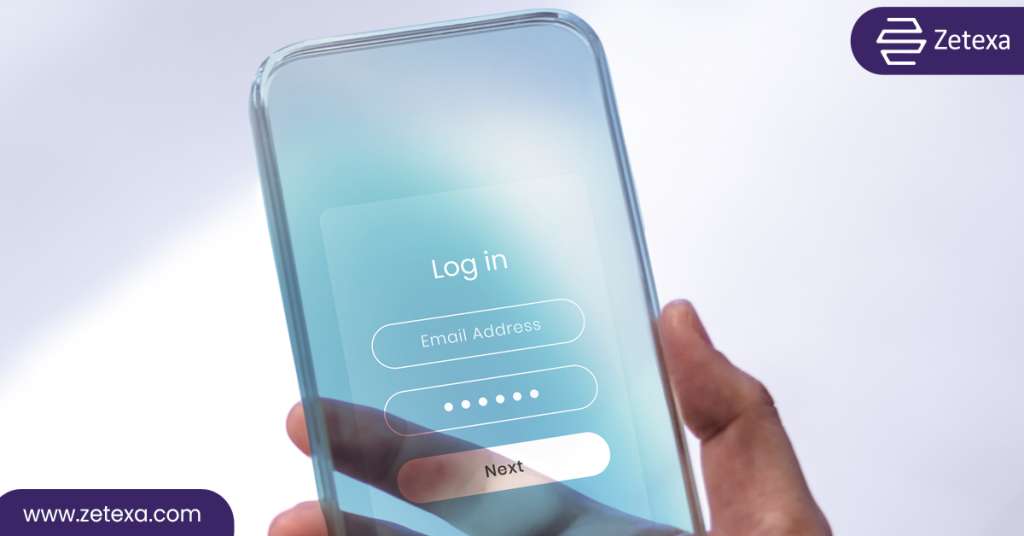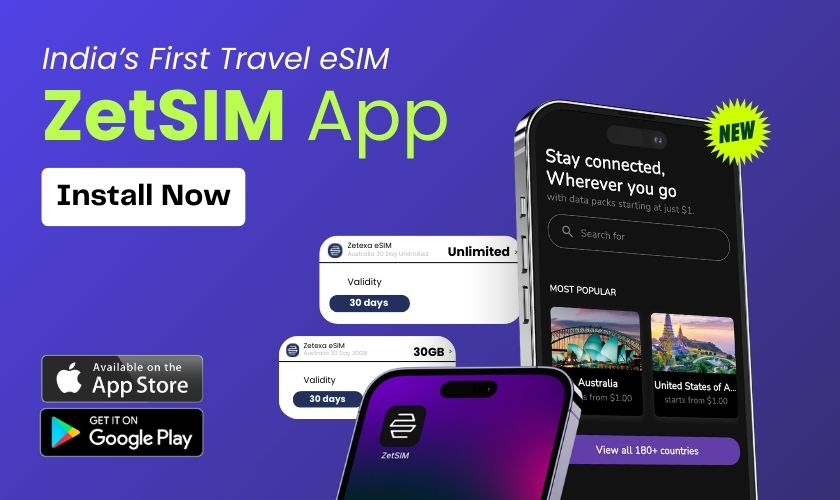As mobile technology constantly changes, smartphone users need to understand carrier locks. A carrier lock, or a SIM lock or network lock, is a program function that mobile network companies use to ensure that a device can only connect to their network. In this case, the phone can only be used with SIM cards from that provider, making it less compatible with other networks.
What is a carrier lock for customers, and what do they need to understand? They must know that users can’t quickly move to a different network provider if a phone is locked. They have to stay with their current service or go through opening processes, which could be more expensive and complicated. Also, carrier-locked phones can make it hard to travel abroad because they might not work with foreign SIM cards, which could mean extra roaming charges or trouble communicating.
When people understand carrier lock, they can make intelligent choices about smartphones to buy and how to subscribe to networks. This shows the importance of thinking about more than just the device’s specs, like how well it works with networks and your freedom of choice.
What is Carrier Lock
Carrier lock, also known as network lock or SIM lock, is a limit placed by mobile network carriers on devices, stopping them from being used with SIM cards from other carriers. You can do a carrier lock check to see if your phone has it. This limitation usually applies to sponsored phones or those gained through low-cost carrier plans. Carrier lock ensures customers meet their contract responsibilities before using the device with another provider. It is accomplished by setting the device to only accept SIM cards from the specific service it is locked to.
Attempting to use a SIM card from another service will result in an error message, showing that the SIM is useless. You can unlock a carrier-locked phone in ways offered by the provider or third-party unlocking services. Once opened, the device becomes usable with SIM cards from any service. The legal aspects of carrier unlocking differ from country to country.

Advantages of Carrier Locks
What are a carrier lock’s main benefits? While carrier locks may seem like a drawback, they do offer certain advantages:
1. Subsidized Phones: Many companies give smartphones at low prices or as part of a lease plan. Provider locks guarantee that customers meet their contract responsibilities before being able to use the phone with another provider. This allows operators to pay the cost of the gadget directly.
2. Network Stability: Carrier locks can ensure a more stable user network experience. Carriers optimize their networks for specific devices, and by confining phones to their network, they can better manage service quality and compatibility.
3. Control Over Fraudulent Activities: Carrier locks can help prevent theft and illegal device use. If thieves steal a phone, it is harder for them to use or resell it if it is locked to a specific provider.
4. Services and Customer Support: Carrier locks often include carrier-specific services and customer support access. This can include technical support, device protection, and other benefits that may not be available when using the phone on another carrier’s network.
5. Discounts and Promotions: Carriers may offer their network users special deals or promotions. Carrier-locked phones guarantee customers stay on the carrier’s network to take advantage of these offers.
6. Network Investment: Carriers invest significant resources into building and maintaining their networks. By tying phones to their networks, carriers may guarantee a return on their investment by keeping consumers and reducing attrition.
7. Ease of Setup and Configuration: Pre-configured carrier-specific settings are a common feature of carrier-locked phones, facilitating users’ setup and network service access without requiring manual network configuration.
It’s important to note that while provider locks offer certain benefits, they can also limit customer choice and freedom. Unlocking choices are often available for users who wish to move companies or use their device while moving abroad, though these steps may change based on the company and the device.
How Carrier Lock Affects Device Portability
Carriers often use this locking mechanism to satisfy clients’ contractual commitments, usually connected to installment plans or subsidized equipment prices. Here’s how carrier lock affects device portability:
2. Limitation on International Travel: When using SIM cards from foreign carriers when traveling abroad, carrier-locked devices may perform differently than intended or cost extra. This may be troublesome for tourists who would instead utilize local SIM cards for affordable travel communication. They can opt for travel eSIM cards.
3. Effect on Device Resale Value: Carrier-locked devices often have lower resale value than unlocked smartphones. Potential buyers may be discouraged if the device doesn’t support their chosen carrier or if they perceive unlocking it as a hassle.
4. Unlocking Procedure: After meeting several requirements, such as completing the contract period, paying off the device, or fulfilling specific prepaid device criteria, carriers typically provide a procedure to unlock handsets.
5. Regulations: In many areas, carriers are required by law to unlock handsets upon request after fulfilling specific prerequisites, including the end of the contract period or the payment of an early termination charge. These rules aim to encourage competition and customer choice in the mobile industry.
Carrier lock may limit a device’s mobility by preventing it from working with SIM cards from other carriers. Unlocking the smartphone makes greater freedom and mobility possible, enabling it to be used both locally and abroad with SIM cards from any compatible carrier.

Unlocking Your Smartphone
It may be accessible to unlock a carrier-locked smartphone, allowing you to move between multiple cell service providers and utilize local SIM cards to use your handset abroad. Here are some tips on how to unlock the carrier on iPhone:
1. Contacting Your Carrier: Contacting your present carrier is often the initial step towards unlocking your smartphone. Most carriers have regulations and methods for unlocking carrier lock SIM locks. Certain data, such as your device’s IMEI number, proof of ownership, and account information, can be required.
2. Third-Party Unlocking Services: If your carrier is reluctant or unable to unlock your smartphone, you could consider hiring a third-party unlocking service. These firms usually charge a fee for remotely unlocking your smartphone. To ensure that your smartphone is unlocked safely and securely, it’s important to investigate and choose a reliable unlocking provider.
3. DIY Techniques: In some situations, you may be able to unlock your smartphone on your own using internet DIY techniques. This can include inputting unlock codes or utilizing software tools. However, DIY unlocking techniques may be dangerous if done incorrectly.
4. Thoughts and Cautions: Before unlocking your smartphone, it’s important to consider any possible ramifications or repercussions. For instance, unlocking your gadget via unauthorized techniques may destroy its warranty.
5. International Travel: One of the main advantages of unlocking your device is using your smartphone with local SIM cards while traveling abroad. You can also opt for an international Travel eSIM. This might provide you with greater coverage and service alternatives overseas and save you money on roaming fees.
Once your carrier lock is removed, you can use your smartphone with more freedom and flexibility. However, you need to take care and make sure you are aware of all the possible implications and issues.
For smartphone users who want flexibility and independence in their mobile experiences, knowing what is a carrier lock is essential. By understanding this notion, Users may easily navigate the complexity of network constraints and device compatibility. However, for individuals who want to get beyond these restrictions completely, Zetexa has the best international data eSIM for international travelers visiting more than 180+ countries.
ZetSIM’s cutting-edge technology allows customers to transition between carriers, avoiding carrier locks easily. The widespread use of carrier locks serves as a reminder of the value of consumer education programs and legislative initiatives that support equity and openness in the telecom sector. Knowing what a carrier lock is is still crucial for anybody looking to get the most out of their smartphone experience and expand their connection choices as technology advances.

Download the ZetSIM App from App Store
Download the ZetSIM App from Google Play store
FAQs
Unlocking smartphones is legal in many nations. However, there are a few exceptions, so it’s a good idea to familiarize yourself with their rules.
In most cases, unlocking your smartphone does not void its warranty. However, altering the hardware or software during the unlocking procedure may render the guarantee null and invalid.
Yes, carrier lockout prevents users from using other carriers’ cellular networks.



